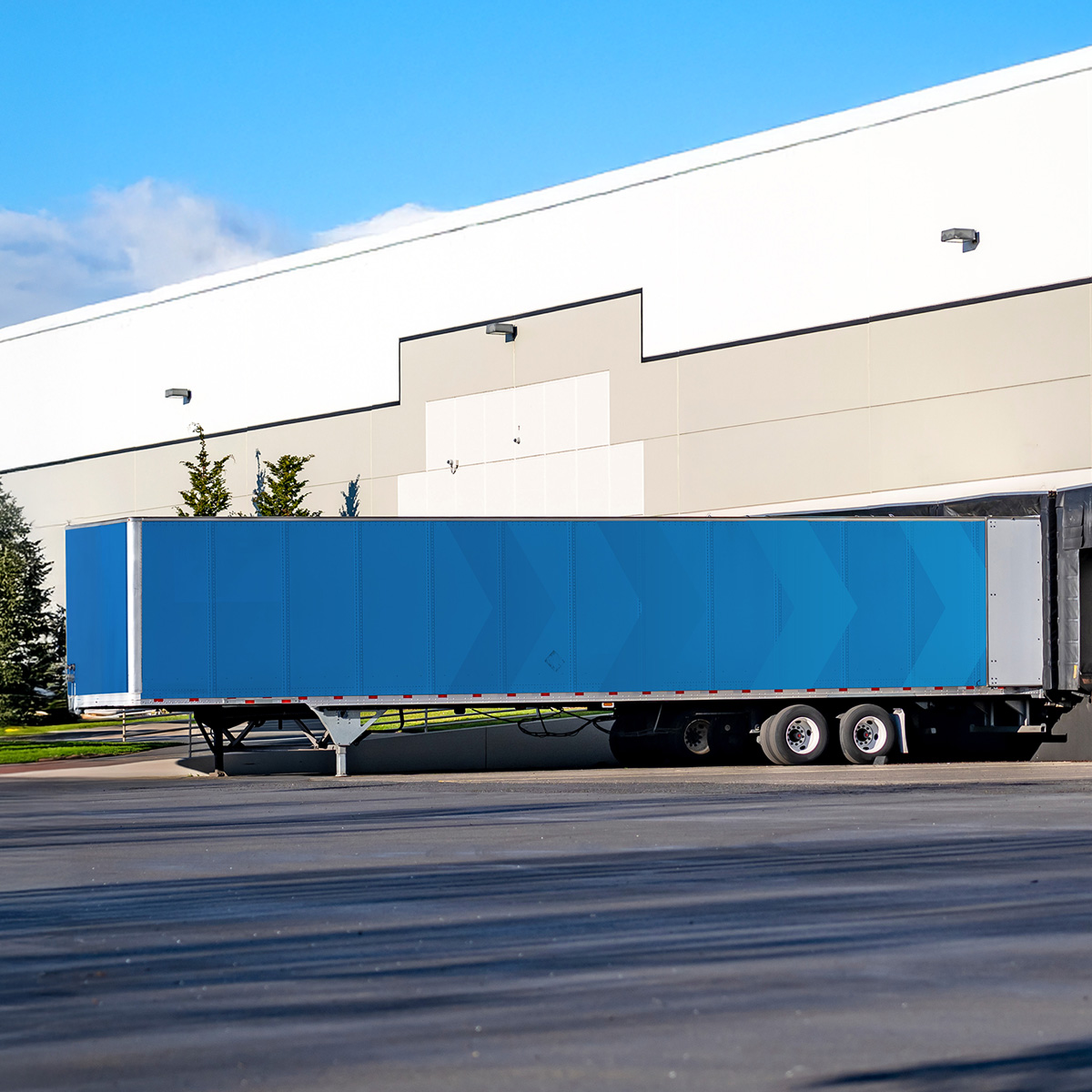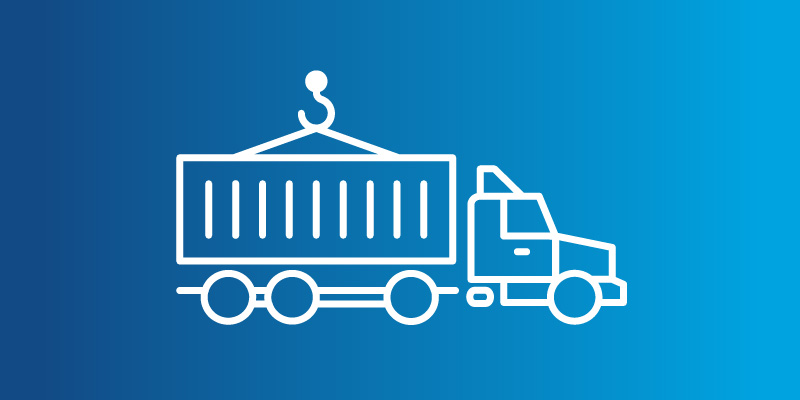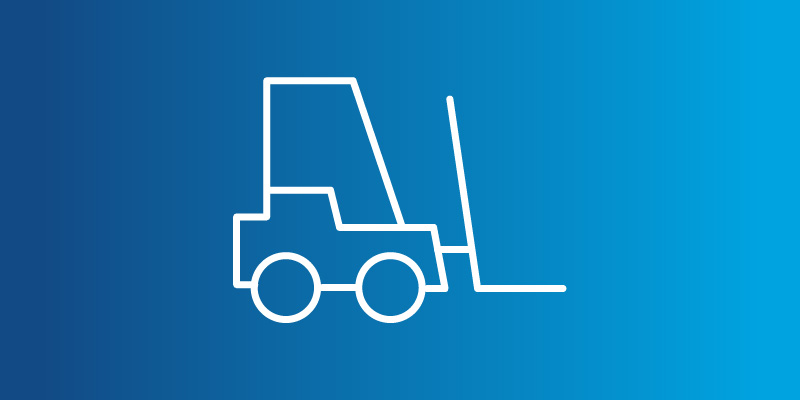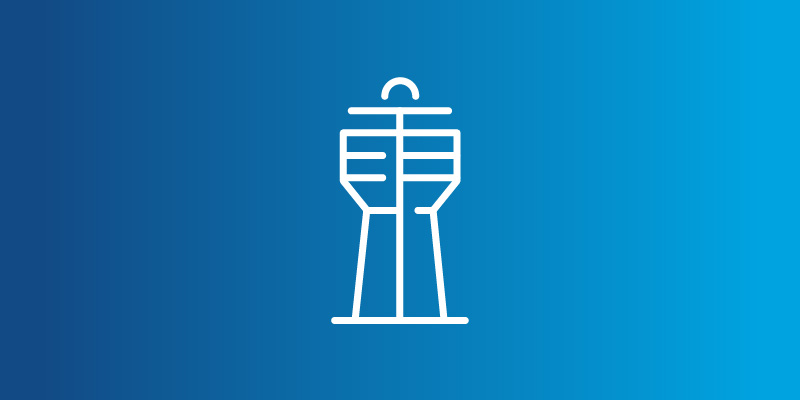Servizi di autotrasporto in Nord America che rafforzano la tua supply chain

Affidabile capacità di trasporto a carico completo
Accedete alla più grande rete di trasporto a carico completo del Nord America, navigando con sicurezza nel mercato frammentato. Movimentiamo più carichi completi (FTL) di qualsiasi altra azienda al mondo.

Drop Trailer Plus™ di C.H. Robinson
In qualità di quarto maggiore fornitore di rimorchi a noleggio in Nord America, aiutiamo gli spedizionieri a massimizzare le prestazioni con la nostra suite di soluzioni basate su asset. Dalla nostra flotta interna ai rimorchi e alle attrezzature in co-branding: attraverso relazioni affidabili e strategiche con i trasportatori, delineiamo una strategia di asset per soddisfare al meglio le vostre specifiche esigenze di trasporto merci.
Ottenete la portata e la flessibilità di un broker con il controllo e la visibilità di un vettore con mezzi propri.
Opzioni di equipaggiamento per ogni esigenza
Rimorchio a cassone chiuso
Proteggi i tuoi materiali e prodotti dai danni con la nostra rete di capacità su rimorchio a cassone chiuso, per un livello di sicurezza superiore.
furgone secco
Aggrega il mercato frammentato dei carichi completi trasformandolo in un'esperienza semplificata, anche quando si verificano problemi non pianificati.
Pianale/Open deck
Fai in modo che il tuo carico unico sia sempre in movimento con servizi a ponte aperto che mitigano le fluttuazioni del mercato per il trasporto pianificato, stagionale e basato su progetti.
Temperatura controllata
Sfrutta al massimo i nostri servizi di spedizione a temperatura controllata per soddisfare i requisiti più rigorosi e mantenere la qualità.
Centinati/telonati
Effettua una consegna puntuale e completa oltre i confini con rimorchi centinati/telonati che offrono un carico flessibile e protezione contro le condizioni atmosferiche impreviste.
Servizi di carico completo di livello superiore
Urgente/Team
Scegli gli autisti del team o il servizio rapido per spostare più velocemente le tue merci pesanti in tempi più brevi, senza sacrificare le tariffe competitive.
Servizi speciali
Soddisfa le tue esigenze di trasporto su camion più specifiche, dai materiali pericolosi (HAZMAT) a quelli con sola motrice, ci pensa C.H Robinson.
Cosa distingue i servizi di trasporto merci su camion di C.H. Robinson

Devi spedire prodotti oltre confine?
Sfrutta il potenziale della tua supply chain in Nord America con C.H. Robinson, leader nella logistica transfrontaliera. Sfrutta a tuo vantaggio la nostra esperienza e il supporto che forniamo a livello locale grazie ai nostri esperti che gestiscono oltre 2 milioni di spedizioni transfrontaliere ogni anno.

Elabora la migliore strategia
Dalle strategie di capacità di carico dei camion alle guide di percorso, all'approvvigionamento e alla creazione, scopri tutto ciò di cui hai bisogno per andare sul mercato:
- Allinea la strategia con gli attributi del trasporto
- Analizza i dati a livello di spedizione
- Effettua un evento di approvvigionamento
- Crea la tua guida di percorso


Aiutare STIHL a rispondere rapidamente
Rendiamo possibile consegnare con minimo preavviso, nelle regioni devastate dalle tempeste o in alta montagna, 24 ore su 24, 7 giorni su 7.
Accedete alle ultime informazioni. Dominate il mercato.
C.H. Robinson Edge offre consigli di esperti su cosa c'è di nuovo, cosa succederà e come muoversi di conseguenza. Grazie alle migliori informazioni sul trasporto merci, unite alla competenza e alla qualità dei dati del leader di mercato, potete rimanere aggiornati sulle rapide evoluzioni dell'economia mondiale, dove le supply chain possono decretare il successo o il fallimento di un'azienda.
Servizi correlati per migliorare la tua strategia di spedizione

Drayage
Sposta facilmente le merci tra porti e magazzini con servizi di drayage rapidi ed efficienti.

LTL
Ottieni flessibilità e soddisfa la domanda dei clienti con soluzioni a carico parziale (LTL) su misura per consegne tempestive ed efficienti.

Soluzioni gestite
Configura la nostra tecnologia TMS, il trasporto gestito 3PL e i servizi 4PL per affrontare le sfide logistiche più difficili e migliorare l'efficienza.
Portiamo il tuo carico dove deve andare
Domande frequenti
Q: L'FTL è più costoso dell'LTL?
Sì. La spedizione a carico completo (FTL) generalmente costa di più in totale rispetto alla spedizione a carico parziale (LTL), perché con il FTL si paga per l'uso esclusivo di un intero camion (indipendentemente da quanto sia pieno).
Al contrario, LTL è di solito più economico per piccoli carichi poiché si condivide lo spazio e i costi del rimorchio con altri spedizionieri. Tuttavia, se si ha abbastanza merci per riempire un intero rimorchio, FTL può diventare più conveniente per unità e offrire una consegna più rapida e diretta (senza fermate multiple), mentre LTL rimane la scelta economica per volumi di merci limitati.
Q: Che cosa si intende per spedizione di carico completo?
Una spedizione è considerata un carico completo quando è abbastanza grande da occupare la maggior parte o la totalità di un rimorchio standard da 15-16 metri. In pratica, ciò significa in genere circa o più di 45,35 quintali di merci o qualcosa di più della metà della capacità del rimorchio.
Ad esempio, un furgone da circa 16 metri può contenere circa 24-30 pallet standard (impilati singolarmente) o fino a circa 195 quintali di merce. Un carico che si avvicina a tali limiti sarebbe considerato una spedizione a carico completo. In breve, se la tua merce non riesce a condividere comodamente lo spazio con altre spedizioni e da sola riempie quasi un rimorchio, è considerata una spedizione a carico completo.
Q: Quanti pallet sono considerati FTL?
Un camion a pieno carico standard può trasportare circa 26 pallet (impilati singolarmente) in un rimorchio da 16 metri (o fino a 15 metri impilati doppi, a seconda del peso e della capacità di impilamento). In generale, se hai più di 10–12 pallet, la tua spedizione viene solitamente considerata FTL piuttosto che LTL.
Molti spedizionieri utilizzano 12 pallet (o circa 68 quintali) come regola generale; oltre tale quantità, un camion completo dedicato è spesso l'opzione più efficiente. In sintesi, mentre un carico completo di camion può arrivare al massimo a circa 24–30 pallet (a seconda della configurazione), qualsiasi cosa che superi circa una dozzina di pallet viene generalmente considerata una spedizione a pieno carico.
Q: Quali sono i due tipi principali di vettori a carico completo?
I due tipi principali di vettori di carichi completi sono i vettori a noleggio e i vettori a contratto. I vettori a noleggio, chiamati anche vettori comuni, offrono i loro servizi di trasporto al pubblico e trasportano merci per qualsiasi spedizioniere (spesso a tariffe pubblicate o di mercato). Al contrario, i vettori a contratto dedicano la capacità a specifici spedizionieri tramite accordi: trasportano esclusivamente per quei clienti in base a termini contrattuali, di solito con tariffe e impegni di servizio negoziati. Per gli spedizionieri, ciò significa che è possibile utilizzare un vettore a noleggio (qualsiasi compagnia di autotrasporti disponibile, con tariffazione per carico) oppure collaborare con un vettore a contratto che si impegna a gestire il trasporto delle merci in base a un accordo a lungo termine.
I broker di trasporto e i fornitori di servizi logistici terzi (3PL) offrono il prezioso vantaggio di aiutarvi ad assumere entrambi i tipi di corriere, o entrambi, a seconda delle vostre esigenze, aprendo una gamma più ampia di opzioni di capacità per soddisfare le esigenze di spedizione.
Q: Come fanno i vettori a procurarsi i carichi per i camion?
Per i vettori (proprietari o operatori di camion) che cercano merci, i modi principali per "ottenere carichi" per i camion includono:
- Utilizzo delle schede di carico
- Collaborazione con gli intermediari di trasporto merci
- Organizzazione di contratti diretti con i mittenti
Le bacheche dei carichi sono mercati online in cui gli spedizionieri pubblicano i carichi disponibili e i trasportatori possono fare offerte o reclamarli. Le bacheche di carico collegano efficacemente i camion alle merci da trasportare. Molti proprietari-operatori collaborano anche con broker di spedizioni o 3PL per trovare le merci. I broker fungono da intermediari tra spedizionieri e trasportatori, abbinando i camion ai carichi adatti al percorso e alle attrezzature. Infine, stabilire rapporti diretti con gli spedizionieri (o contratti dedicati) può fornire un flusso costante di carichi privati.
Se è uno spedizioniere che cerca di assicurare un camion per i suoi carichi, essenzialmente fa il contrario; può registrare la sua merce su schede di carico o lavorare con un broker/3PL con una vasta rete di corrieri. In questo modo si garantisce che alla spedizione vengano assegnati camion affidabili, senza dover cercare uno per uno.
In sintesi, i vettori trovano i carichi tramite bacheche, intermediari o contratti e gli spedizionieri trovano i camion connettendosi attraverso gli stessi canali (con 3PL come C.H. Robinson che rendono il processo molto più semplice).


